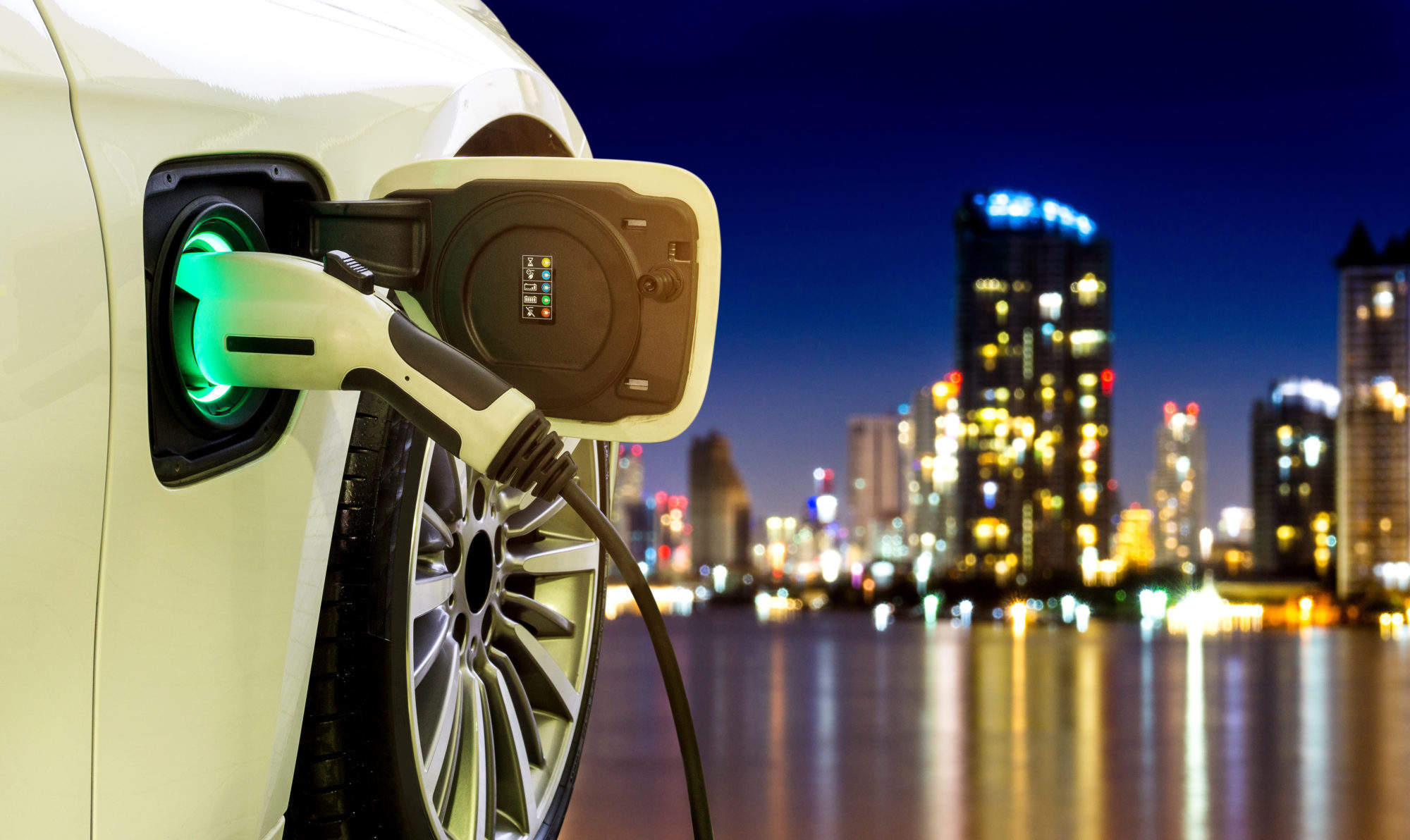
Plans to electrify the United Kingdom’s transport network are well underway, a transformation that will be the backbone of smart city infrastructure. And yet we are still woefully unprepared to support even the relatively small demands of today’s electric vehicle (EV) network.
New figures show that for every 43 electric vehicles currently travelling on UK roads, today’s infrastructure can offer only one singular charge point. Forecasters say that this gap is only set to widen, with a predicted 83% shortfall in the required number of charging points for EVs by 2020.

Access deeper industry intelligence
Experience unmatched clarity with a single platform that combines unique data, AI, and human expertise.
The electric revolution has been on the government’s agenda for some time. The British plug-in fleet has grown to become the fourth largest in Europe (a positive trend that shows no sign of slowing) and with the government banning the sale of new, solely petrol and diesel cars by 2040, the clock is ticking for transport and energy ministers to ensure our cities are EV-ready.
In theory, the UK grid has the capacity to meet the predicted demands. However, increased EV uptake in certain areas – combined with a lack of investment in infrastructure – has the potential to create significant local challenges, including a greater likelihood of brownouts.
So, what are the key considerations and potential solutions for our cities to ensure we avoid this pitfall?
Electric vehicle revolution: future-proofing smart cities
In time, EV and autonomous vehicles (AVs) will dictate the infrastructure and layout of cityscapes.

US Tariffs are shifting - will you react or anticipate?
Don’t let policy changes catch you off guard. Stay proactive with real-time data and expert analysis.
By GlobalDataIn July it was announced that the UK will seek to mandate charging points for EVs in new homes, offices and residential streets in an attempt to spur public adoption of zero-emission vehicles. This means developers will need to consider their placement in both new-build and regeneration projects.
Leaders of these projects should provide EV infrastructure to ensure they are future-proofed, otherwise, they may find they need to retrospectively upgrade systems to suit the EV revolution. This will not come cheaply.
When AVs become common-place, the way we store cars in both the short and long term is unlikely to remain the same.
In terms of the cityscape infrastructure as a whole, we will need to reconsider its overarching design to use space optimally in central locations. This includes allowing for designated AV drop off zones and the need for buildings to be flexible in their parking requirements.
As we see this reality unfold, we will certainly begin to question the economic viability of providing below ground car parking in current developments.
The National Infrastructure Assessment 2018 also highlights several recommendations for UK infrastructure that relate to the integration of EV and AVs in cities and across the UK. Its findings can be broken down into five key considerations:
Developers need to prepare to offer a stable 5G infrastructure
The challenges of bringing a 5G infrastructure, which will enable AVs in rural areas, needs to be understood. Otherwise, we could end up with limited 5G distribution that only covers AVs whilst they are in cities and on major designated highways – a very different scenario to the AV (almost) everywhere landscape we’re aiming for.
Smart charging and appropriate EV electrical infrastructure is required
EV charging should be carried out slowly and smartly at home or work. To address range anxiety – one of the main reasons consumers are dissuaded from making the transition to an EV – a network of rapid chargers across the UK should be implemented. It is predicted that such a network would need to be in place by 2022 to meet the anticipated EV demand. The cost of delivering a rapid charging network like this has been quoted at around £10m.
Adapting a global view to apply the best lessons learnt
Ofgem and the new subsection of the Department for Transport will need to regulate and legislate the infrastructure improvements for EVs. It would also be appropriate to consider the impact of the provision of electric heating demands because as and when the grid continues to decarbonise, this will become a viable alternative to gas heating and is likely to be increasingly rolled out.
A holistic approach to charging and it’s costing to compensate for lost fuel taxes
Over time the government is predicted to lose tax revenue due to the increase of EVs on the road, we estimate this to be approximately £3.5bn by 2030. This will require the increase of taxation, possibly by putting a “charge per mile” on vehicles. Muted before, this solution is a lot more palatable than the alternative of a “tax on electricity”, which would have a negative impact to those that are already “fuel poor”.
Legislation is key for EV infrastructure integration
The Greater London Authority has already put its 20% active and 20% passive charging provision strategy into motion, and this will likely have a knock-on effect for other local authorities in the near future, creating a domino effect as the UK’s largest smart-city paves the way for the EV evolution. However, this needs to be validated to ensure the new smart charging requirements infrastructure is not overestimating the actual demands.
Flexible charging to power the electric vehicle revolution
If as a nation we are to limit pollution and usher in EVs and AVs, we must prioritise and target the above key considerations as a matter of urgency so that we are able to support global and UK visions for an EV smart city or country of the future.
To minimise the need for reinforcement of our ageing electricity infrastructure, we need to see fully flexible charging and smart systems that communicate with the wider energy system in real-time. This will allow us to gain a wider understanding of optimal charge times and relieve new peak demands.







